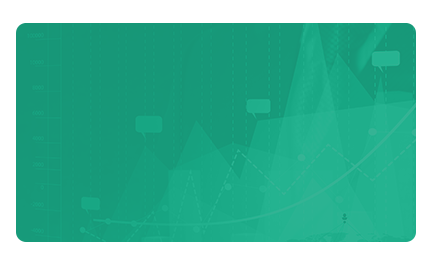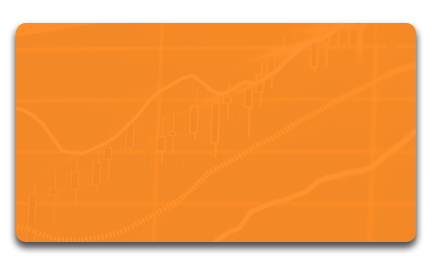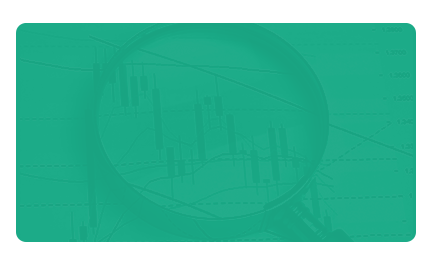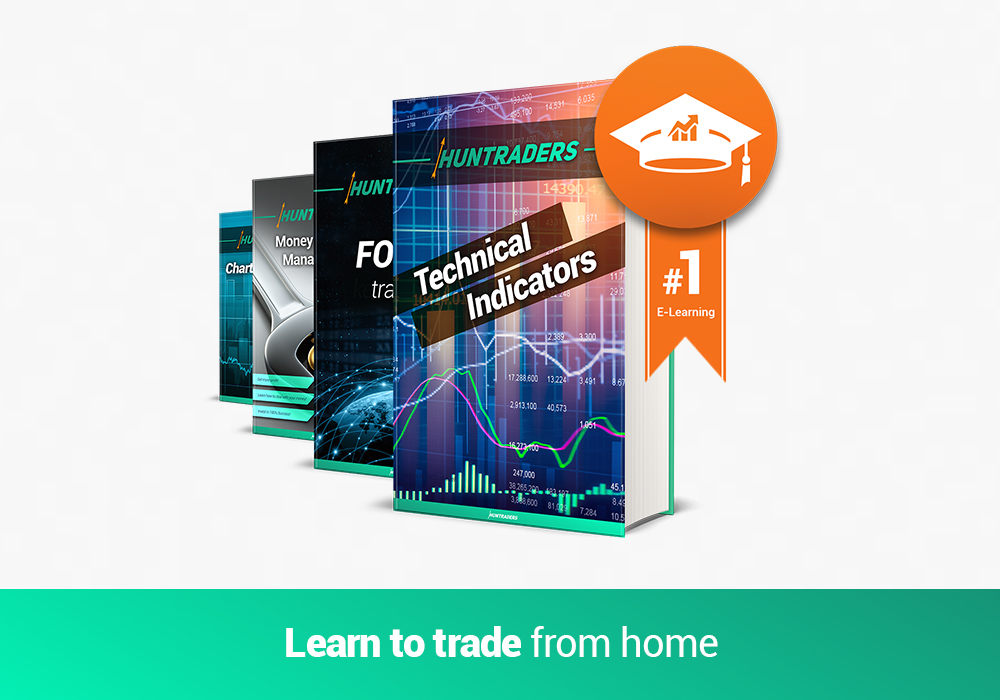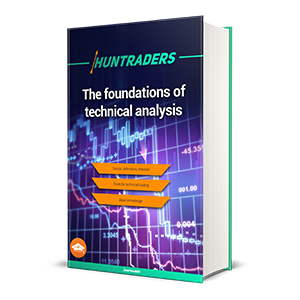Implied volatility is the presumable size of the market price movements, when the option premium is known. In an option valuation model when K indicates the strike price, S indicates the current stock price, T indicates the time until option expiration, and r indicates the risk-free interest rate, the implied volatility is calculated when the theoretical equals the actual market premium. An option’s implied volatility is the volatility that makes the theoretical premium and the market premium equal. The value of S stock price, K strike price, and T time is trivial. The size of the risk-free interest rate for T duration is also obvious. Volatility is more complicated. When estimated from historical data, the results are largely influenced by the time horizon. Volatility can be considered constant only in short term. In long term, no option’s volatility can be said to be constant. When an option is traded on the market, then from the known premium one can calculate what value of volatility would make the theoretical and the market premium equal with the help of the Black-Scholes model. This is called statistical or historical volatility.
Let’s see an example. An investor would like to calculate the implied volatility of a 875 Call strike price. The premium is 6.75 cents. The underlying costs 812.5 cents and the time until expiry date is 36 days. A treasury bond’s return (with similar maturity to the option) is 7%. First the investor uses the following 4 volatility values in the Black-Scholes model: 20, 25, 30 and 35%. Then he gets the theoretical premium value. He will see that the volatility of the 875 Call option is around 25%. The market expects the price to change that much. Market analysts execute these calculations for every option in a given class, then weight the strike prices with the size of the volume. This way, the implied volatility for the whole option class can be measured. There is no universal formula to calculate implied volatility. The Black-Scholes model is not a perfect solution to solve this problem. The implied volatility can be calculated as shown in the example or with the assistance of sophisticated software.
Implied volatility shows the option market participants’ expected volatility for the next T time period. In the contrary, historical volatility shows volatility for a past period, thus it must be used carefully to assess future volatility. It is difficult to calculate volatility manually, but with Microsoft Excel the calculation can be solved within seconds. At first it may be hard to decide whether to focus on implied or historical volatility. Usually the implied volatility is calculated, because it is based on the consensus of market participants. Obviously, they can be wrong. When that happens, opportunities for free profit can emerge. Implied volatility usually affects the daily profit/loss of investors, so it is recommended to pay attention to the changes. Experienced traders usually follow the changed in historical volatility as well, especially when its value differs greatly from the implied volatility. Many think it is a sign. When the implied volatility is above historical volatility, they sell options, and buy option when the implied volatility is below the statistical. The divergence between the two volatilities should be assessed every time, because it is not always clear which one has the higher and which one has the lower value. There is a solid reason when the market pays more for implied volatility than the size of the historical volatility would justify.
To conclude, implied volatility is the key to earn profits regularly on the market. Implied volatility is a calculated value, which concerns only the option, not the underlying. It is the expected volatility in the future, one may say it is the buyer/seller demand for a given option. To use it in practice, it is crucial to calculate the rate of the volatility. Usually one of the following is used: 20-day-long volatility proportion (value of 1-day implied volatility divided by the value of the 20-day historical volatility) and 90-day-long volatility proportion (1-day implied volatility / 90-day historical volatility). When implied volatility is higher than historical volatility, then the rate is high and the option is overpriced. When implied volatility returns to the normal level, the price of the option will decrease as well. This is why investors buy Put options when they expect the underlying’s price to decrease. When the option has a high implied volatility (it is overpriced), and the price of the underlying decreases, the value of the Put option will also decrease. It is a similar situation when one expects the underlying’s price to increase and buys a Call option. When everyone expects the prices to grow, the market participants can easily make the options overpriced. To avoid this, one should first find an underlying with the help of the chart analysis which is expected to have price changes. Then the direction of the expected price change should be determined. After that it should be evaluated how the market has priced the option (fair, under- or overpriced).Avoid buying overpriced and selling under-priced options, as it will only result losses. One should try selling overpriced and buying under-priced options. Time decay will be negligible when buying under-priced options which are farther from the expiry date. When an underlying’s price start changing, the demand for options will grow along with the implied volatility and it will result an increase in the option price. When selling options, it should be overpriced and close to the expiry day. It makes the decay larger and the investor can receive the option premium.





